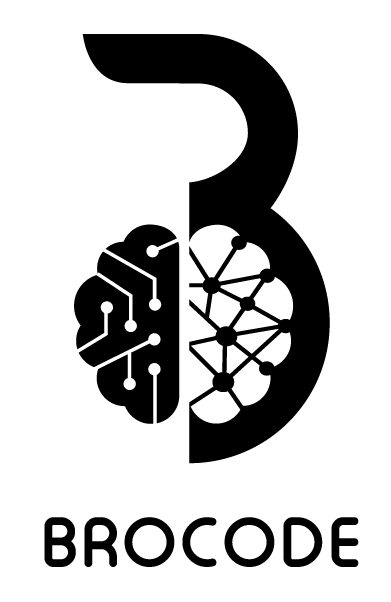Unlocking the Power of Python for Building Dynamic Websites
Dive into the world of Python web development and discover how this versatile programming language can empower you to create dynamic and interactive websites. This comprehensive guide is designed specifically for beginners, providing step-by-step instructions and valuable insights to help you master the art of Python web development. Whether you’re an aspiring web developer or a curious enthusiast, this guide will equip you with the essential knowledge and skills to embark on your journey in Python web development.

When it comes to web development, Python has emerged as a dominant force, thanks to its simplicity, versatility, and robust ecosystem of libraries and frameworks. With Python, you can build powerful web applications, scalable websites, and even delve into the world of data-driven web development. This guide aims to demystify Python web development and provide you with a solid foundation to create stunning web experiences.
Chapter 1: Getting Started with Python Web Development
In this introductory chapter, we’ll explore the fundamentals of web development using Python. You’ll learn how the web works, understand the role of servers and clients, and discover the various components involved in building a website. We’ll guide you through setting up your development environment, installing Python, and getting acquainted with essential tools and frameworks.
Chapter 2: Python Essentials for Web Development
Before diving into web-specific concepts, it’s crucial to have a strong grasp of Python’s core concepts and syntax. In this chapter, we’ll cover the key elements of Python programming, including variables, data types, control flow, functions, and modules. Understanding these fundamentals will lay a solid foundation for your journey into Python web development.
Chapter 3: HTML and CSS Basics
To create visually appealing web pages, you need to understand the building blocks of web design: HTML and CSS. In this chapter, we’ll introduce you to the essentials of HTML markup and CSS styling. You’ll learn how to structure web pages, format content, and apply styles to create engaging user interfaces.
Chapter 4: Flask: Building Web Applications
Flask is a popular Python framework that simplifies web application development. In this chapter, we’ll dive into Flask and explore its core features. You’ll learn how to build a simple web application, handle routes, work with templates, and leverage Flask extensions to enhance your applications. By the end of this chapter, you’ll be well on your way to creating your own dynamic web applications.
Chapter 5: Django: Full-Featured Web Development
Django is a robust and fully-featured Python web framework used by many industry professionals. In this chapter, we’ll introduce you to Django and guide you through building a complete web application. You’ll learn how to define models, create views, handle forms, and integrate databases. With Django, you’ll be equipped to tackle more complex web development projects.
Chapter 6: Database Integration with Python
Web applications often require persistent storage for data. In this chapter, we’ll explore database integration with Python. You’ll learn how to interact with databases using Python libraries like SQLAlchemy and Django’s built-in ORM. We’ll cover essential concepts such as data modeling, querying, and performing CRUD operations. By the end of this chapter, you’ll understand how to seamlessly integrate databases into your web applications.
Chapter 7: Building Restful APIs with Python
Restful APIs are a vital component of modern web development, enabling communication between client-side applications and server-side resources. In this chapter, we’ll delve into building Restful APIs with Python. You’ll learn how to design API endpoints, handle requests and responses, and incorporate authentication and authorization mechanisms. With Python, you’ll have the power to create scalable and secure APIs.
Chapter 8: Front-End Development with Python
While Python is primarily a back-end language, it can also be used for front-end development tasks. In this chapter, we’ll explore Python’s role in front-end development. You’ll discover how to leverage popular front-end libraries and frameworks like React and Vue.js using Python tools and integrations. With this knowledge, you’ll be able to create captivating user interfaces powered by Python.
Chapter 9: Deployment and Performance Optimization
In the final chapter, we’ll guide you through the process of deploying your Python web applications to production servers. You’ll learn best practices for configuring servers, handling security considerations, and optimizing performance. By the end of this chapter, you’ll be ready to showcase your web applications to the world.
Conclusion
Congratulations! You’ve embarked on an exciting journey into Python web development. This comprehensive guide has equipped you with the essential knowledge and skills to build dynamic and interactive websites. Remember, practice is key to mastery, so continue exploring, experimenting, and refining your skills. The possibilities are endless when you combine the power of Python with web development. Get ready to unleash your creativity and make a mark in the digital realm!

